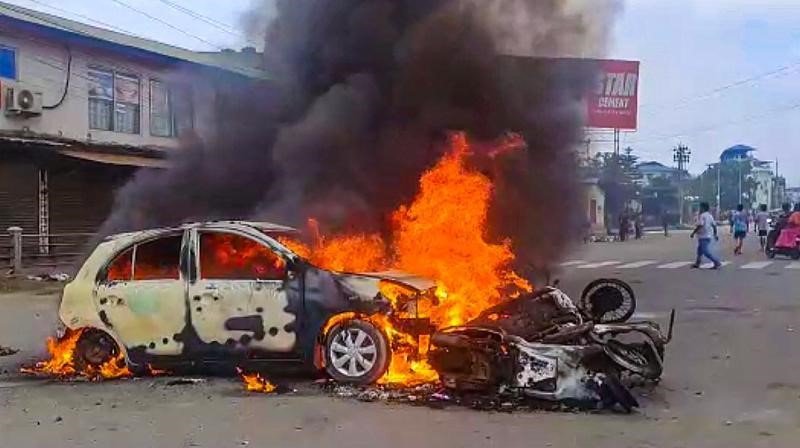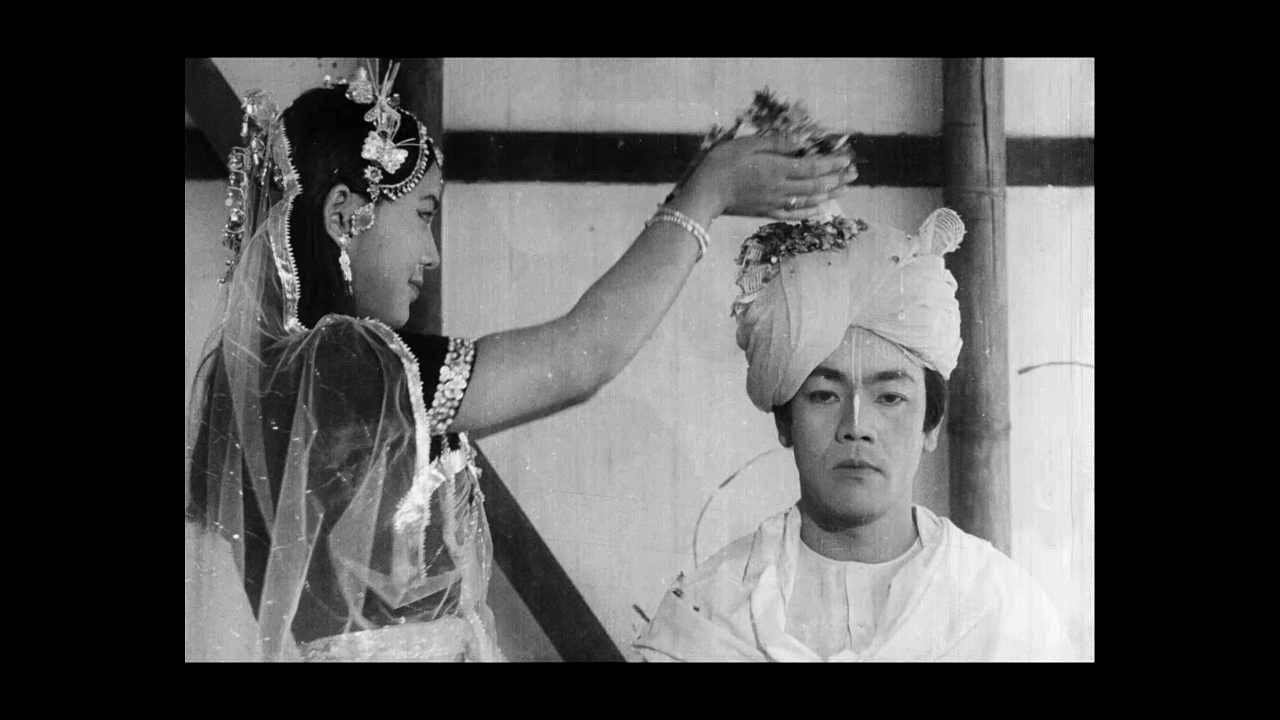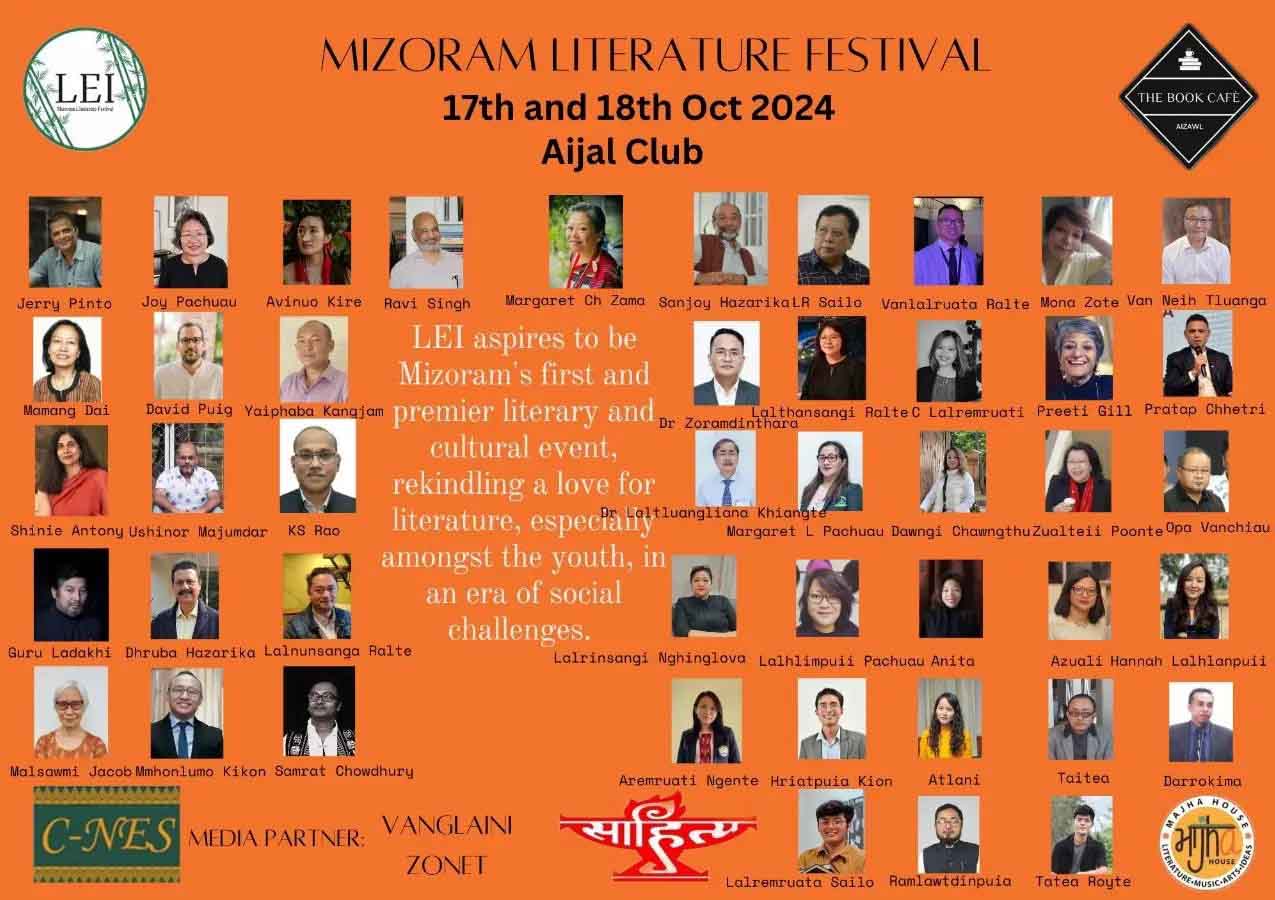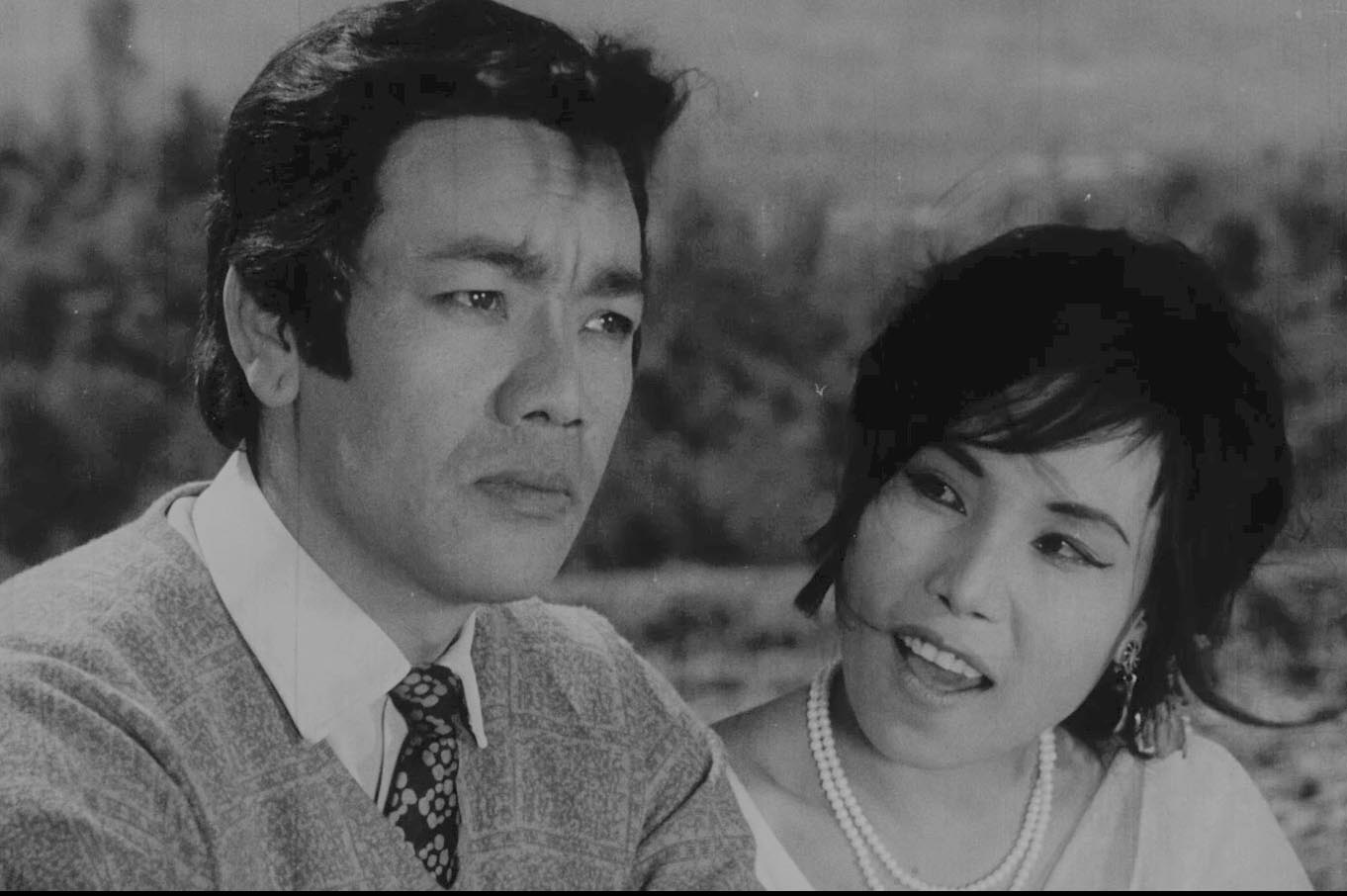Nearly three months after the outbreak of ethnic riots between Meiteis and Kuki-Zo tribes, two of Manipur’s major communities on May 3 afternoon, tensions remain unabated. Although there are no longer any fresh displacements, relief camps continue to swell for many who initially found refuge in homes of relatives and friends are now shifting to these community-run shelters.
Meanwhile, a recently surfaced video of atavism, in which two Kuki women were paraded naked and abused by a Meitei mob on May 4, with one in the mob calling it retributive justice, is beyond condemnation or justification. Manipur is unlikely to be the same again even if normalcy returns.
Currently, there are today two lobbies posturing and pushing their ideas of a route to peace. One sees return to normalcy as most urgent and once this is guaranteed, dialogues to resolved deeper differences can follow. The other camp has this priority in the reverse and puts their political goal of a separate administration for Kukis as a precondition for peace.
The first is not difficult to understand. As for the second, even if such an administrative arrangement were to be agreed upon for the sake of peace, because of certain flawed presumptions, the idea is already running into walls.
The foremost of these flaws is treating this conflict as a bilateral matter between Kukis and Meiteis. This is far from the truth, for the interest of Nagas who are the third major ethnic group in Manipur cannot simply be taken for granted. Seeking prior consensus of all stakeholders therefore is vital if lasting peace is to be won.
Manipur 10 Naga legislators have officially made it clear that no territory Nagas consider as theirs should be touched in any separate administration arrangement for Kukis. Since Kukis are spread in all the districts of Manipur because of a tendency of their villages to slinter and proliferate, this Naga stance will certainly be a spoiler.
Kukis also seemly presumed that Manipur’s endemic hill-valley divide would make Kukis and Nagas, both hillmen, remain united against Meiteis in the Imphal valley. The fact missed is that the valley has been a melting pot of identities through ages making Meitei carry attributes, linguistic and cultural, of all communities from the surrounding hills including Kukis, and in this, the inherent bondage between Nagas and Meiteis in particular go deep.
In what are probably enactments of the Jungian archetypal memory, Meitei myths of origin point to the northern hills, the Koubru ranges that they consider sacred being their last station before descending into the valley. Tellingly again, at coronation Meitei kings wear Tangkhul Naga costume. Likewise, Meitei bridal bed on the auspicious wedding night is ritualistically covered with Leirum Phi, a sacred shawl common to Meiteis and Tangkhuls.
Meiteis have also retained much of their pre-Hindu nature worship traditions even after coming into the Hindu fold, and consider many forests, wetlands and peaks as sacred abodes of sylvian deities never to be desecrated. Many Naga tribes, Kabuis, Marings, Annals, among many others, also hold these same forests and peaks as sacred, although Christianity is now overshadowing these older beliefs among them.
This primal bondage has kept Nagas and Meiteis from crossing the red line that can shatter their relationship so far, even in the face of dangerously bitter faceoffs and provocations, resulting from differing political aspirations. On May 3, both Kukis and Nagas were in a protest rally against the Meitei’s demand for inclusion in the ST list, but only Kukis crossed this red line at Torbung in Churachandpur district, going on an arson spree against Meitei villages on a rumour that Meiteis burnt down a Kuki war memorial. The savagery the state has descended into today is the consequence.
Nagas have now distanced themselves from the Kuki cause in this fight, rendering hollow the familiar conflict templates of tribals vs non-tribals, Christians vs Hindus, minority vs majority – so readily lapped up by reporters and commentators of this crisis, including the European Parliament in its Manipur resolution on July 14. Kukis and Meiteis must now realise that it is they alone and not all the self-righteous noises from outside, who can end their mutual tragedy by rediscovering their old ties.
This article was first published in The Telegraph. The original can be read HERE










